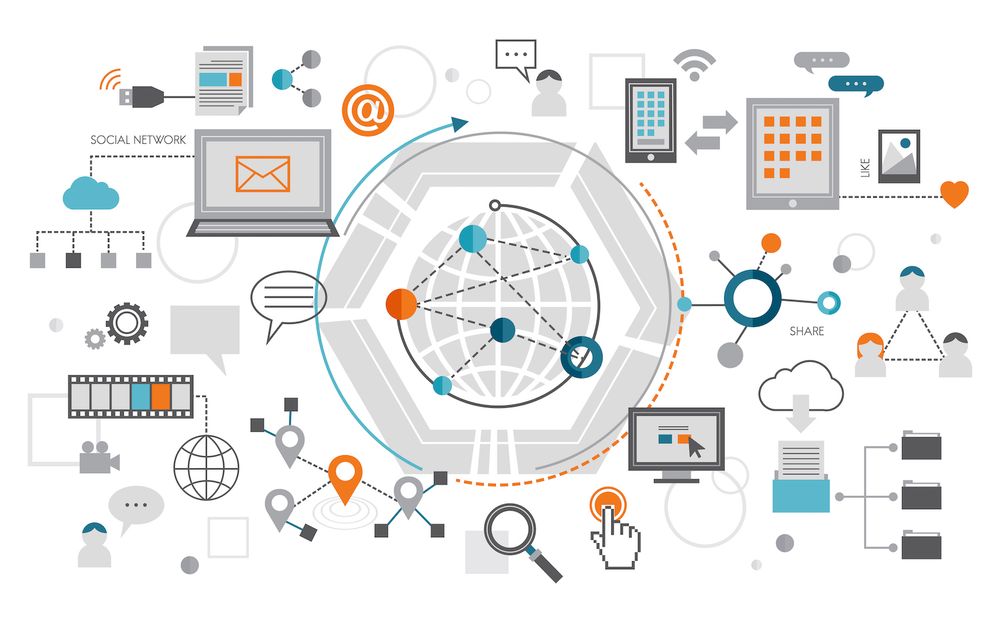How to Increase the Sales of Your Online Shop with Omnichannel Marketing
Omnichannel marketing (also known as cross-channel marketing) is focused on delivering the same, consistent, and personalized customer experience across multiple channels, including the in-store experience for those with bricks and mortar stores.
By using an omnichannel marketing method, your company will be able to place ads in front of people for merchandise that is relevant to their preferences and purchasing history and shorten business to business sales processes. Connecting prospective customers to appropriate products and deals increases the likelihood of conversions and boosts the efficacy of advertising expenditure.
How is omnichannel marketing different from multichannel marketing?
There's a good chance you're already using several channels as part of your strategy to market. If you're still relying on only one channel for your campaigns Your first step will be to implement multiple channels.
Multichannel marketing is different from an omnichannel strategy by the way that the channels cooperate to create a consistent and seamless experience, no matter where someone is in the journey of a customer.
In multichannel marketing, every channel might be working independently from the other. You might have a separate marketing department for each channel and calculate the ROIs of each separately. Campaigns may be more disconnected campaigns each with their individual customer experience. The customer can engage in all of these channels and feel as though this is the first time they've interacted with you.
On the other hand Omnichannel marketing is the blending and integration of marketing strategies on multiple channels that results in an improved customer experience.
With a successful omnichannel strategy one can expect that a client who starts the buying process with a PPC advertisement, but fails to decide to purchase when they visit your store online is likely to be contacted via other channels, based on their initial level of interaction and will have an experience that is consistent.
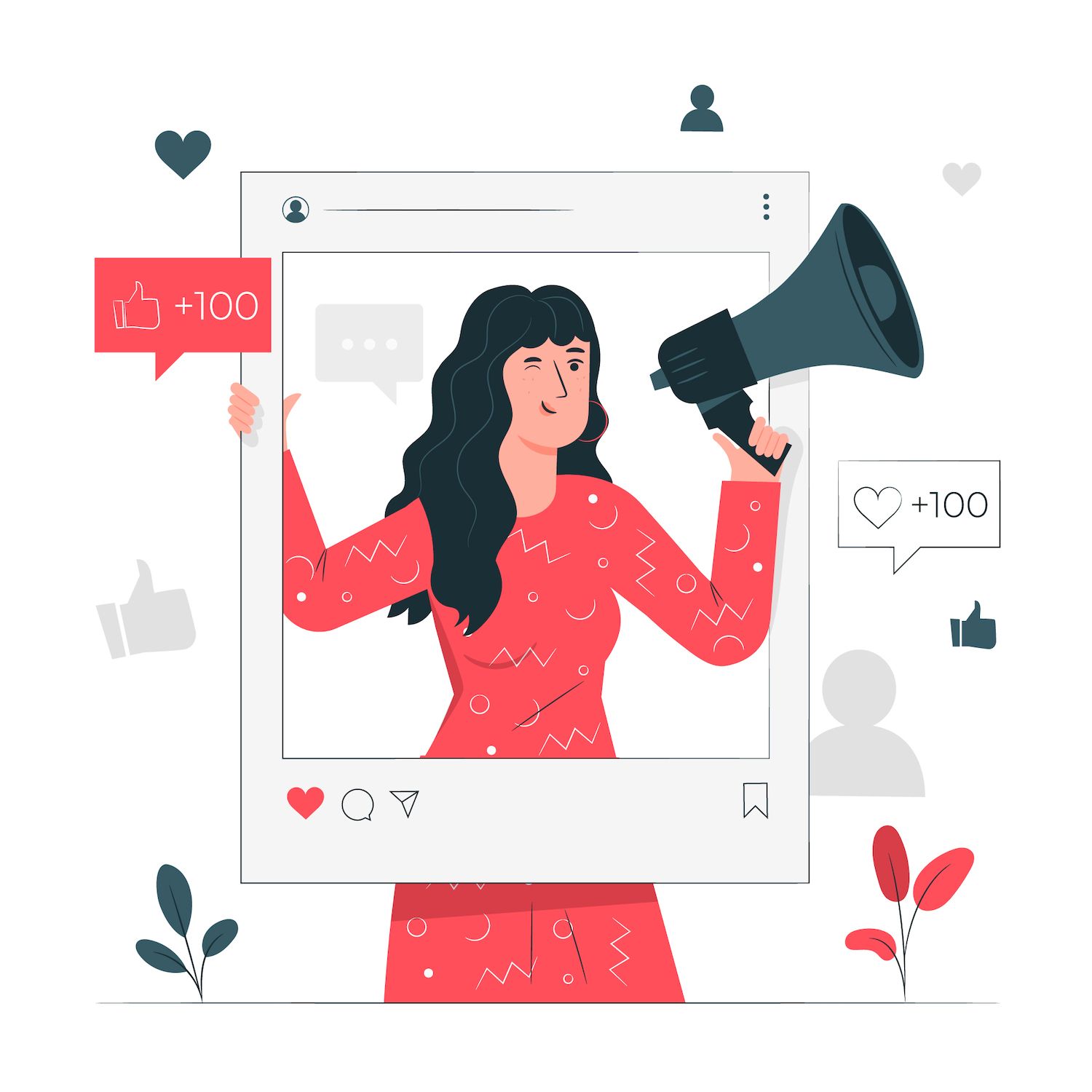
This could include seeing advertisements on social media or display that are relevant to a first-time buyer, push messages when they visit your website, personalized videos, or even in-store promotions that are relevant to them.
Many of us have seen instances of marketing that was omnichannel in some way.
When you click a social media ad and then you sign up to receive a coupon from the store's website via an ad. If you do not buy the item, you may get an abandoned cart email with a discount offer or see display ads for the product on other digital channels.
If you buy something then you'll likely get an email that offers suggestions on other products that are similar and receive the latest sales announcements. There may be a postcard or catalog with a message inviting customers to shop in store for a purchase if they have bricks and mortar stores.
It's an omnichannel experience. It may involve a combination of online and offline marketing, and it involves many touchpoints.
Do you think it's too difficult? But the good news is that there's no need to invest a lot of money or dedicate a whole team to create a lean, yet efficient, omnichannel marketing strategy to promote your shop.
Benefits of omnichannel marketing for businesses and customers
A multichannel marketing strategy provides a number of advantages over multichannel advertisingboth for your company and for your clients. Here are the main ones:
It's more cost efficient
Business owners will benefit from omnichannel marketing saves money because it's more efficient. Instead of putting together separate campaigns for email, social media, direct mail, and PPC, you can design a single one that you can use it across your various offline and online channels.
More than just another advertising campaign, you'll also be using adaptive marketing automation, which reacts based on how existing or potential customers react to your advertising.
Instead of constantly creating new campaigns An omnichannel strategy seeks for a range of offers based on the specific situation.
Imagine two customers that see the same display ad. One of them purchases, your marketing automation then sends them a first-time buyer special deal, with the intention of making them a returning customer.
The other person doesn't buy, but their behavior indicates they're showing a lot of curiosity. They receive marketing messages that try to convince them to revisit and complete purchase.
It's easy to set up such tools for omnichannel marketing once, and then your automated system will utilize the tools based on where a person is on their journey to becoming a customer. It's a bit of work to set up and once you've got it running using an omnichannel plan, it's an enormous time saver.
This results in improved customer service
If your customer is comfortable, and not like someone who is not familiar the tools you use to automate marketing can identify where they are in the buying process. Omnichannel experiences are more timely and relevant, and it aligns with expectations of the customer.
This saves the customer time, enables them to make faster decisions, and also reduces the amount of confusion.

This helps you to provide more efficient customer service.
For customers who require help by phone, omnichannel solutions allow your customer service team to get more information about every person, so that they don't have to talk with them just like the rest of us. It allows them to get up speed quicker, without wasting so much time starting at the beginning, and can have the most relevant and insightful conversations.
What is the best way to develop an omnichannel marketing plan
The following is a step-by-step guide to developing an omnichannel marketing strategy that doesn't exceed your budget.
Incorporate one channel at a moment
It's impossible to begin with everything at the same time but thankfully there's no need to. Omnichannel marketing aims to reach your customer base with a consistent message in more than one place.

Start with the most popular channel and identify your first channel that you would like it to integrate with. If you decide to add additional channels, you should acquire the necessary marketing automation tools you need to help you and your Customer Relationship Management (CRM) software communicate to all of your offline and online channels which includes a brick and mortar store.
Target your marketing messages
Affecting your advertisements to the audience segments that are likely to purchase your goods is an important part of developing a good Omnichannel Marketing Strategy.
Prioritize marketing throughout the journey of the customer
The journey of a customer begins when someone first discovers your business and ends in an ongoing relationship with your company. The following are the five steps of the customer's lifecycle, as well as the most popular ways to reach shoppers at each one using multichannel marketing strategies.
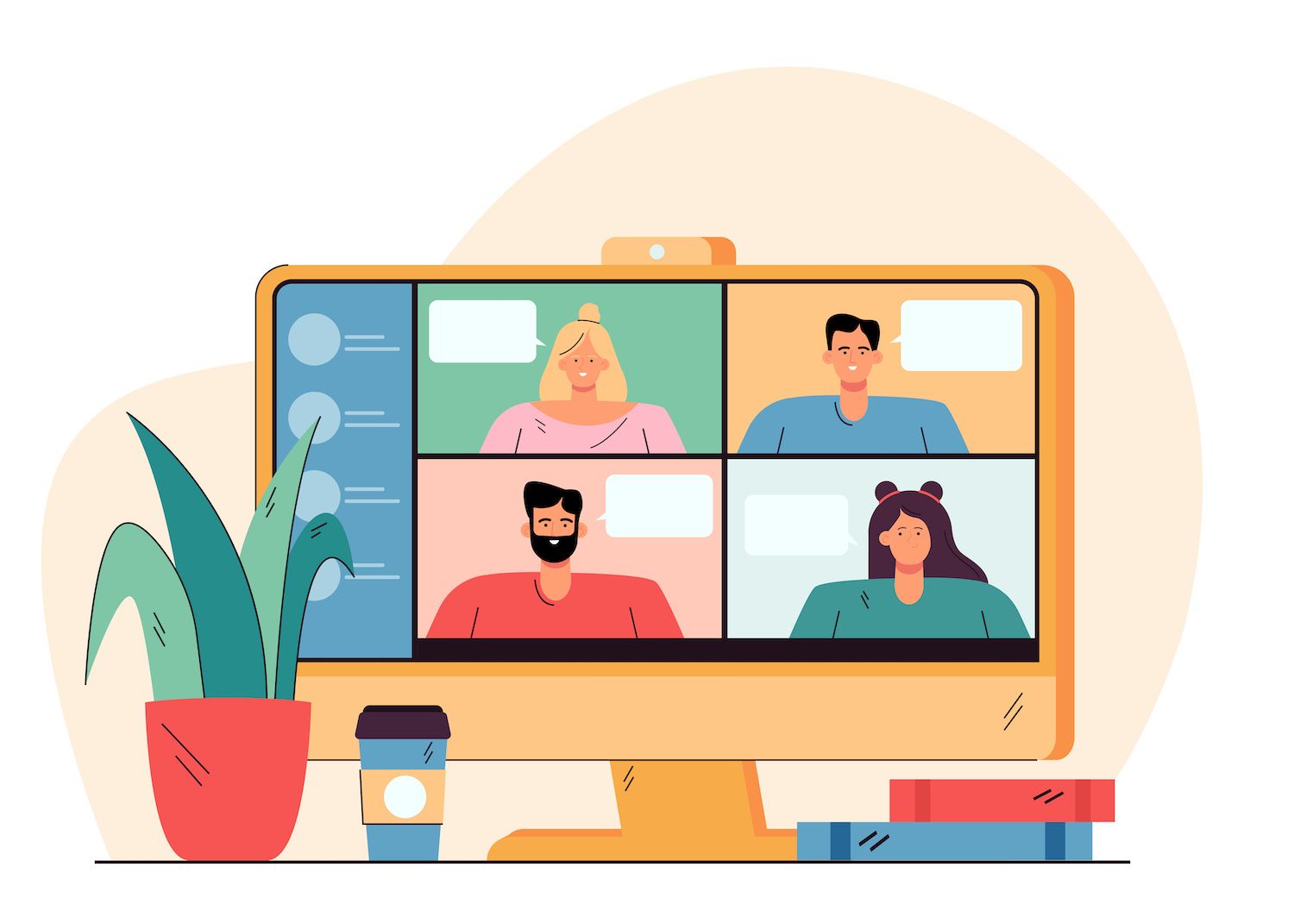
1. Reach
Here, a shopper is seeking a specific item or solution to a issue. This is an opportune time to let the customer aware of your company. Customers may be trying to compare the products they are buying, looking at reviews or simply seeking out information about whether a item is right for their needs.
2. Acquisition
Acquisition happens when someone goes to your site, signs up to your newsletter, interacts via your chatbot, calls at your business via either email or phone, or visits the bricks and mortar shop. There isn't a single purchase at this point, but they are looking the business's website and collecting additional details.
In the process of acquisition during the acquisition phase, you are able to keep collecting data from customers using it for offering an omnichannel user experience to the various segments of your customers.
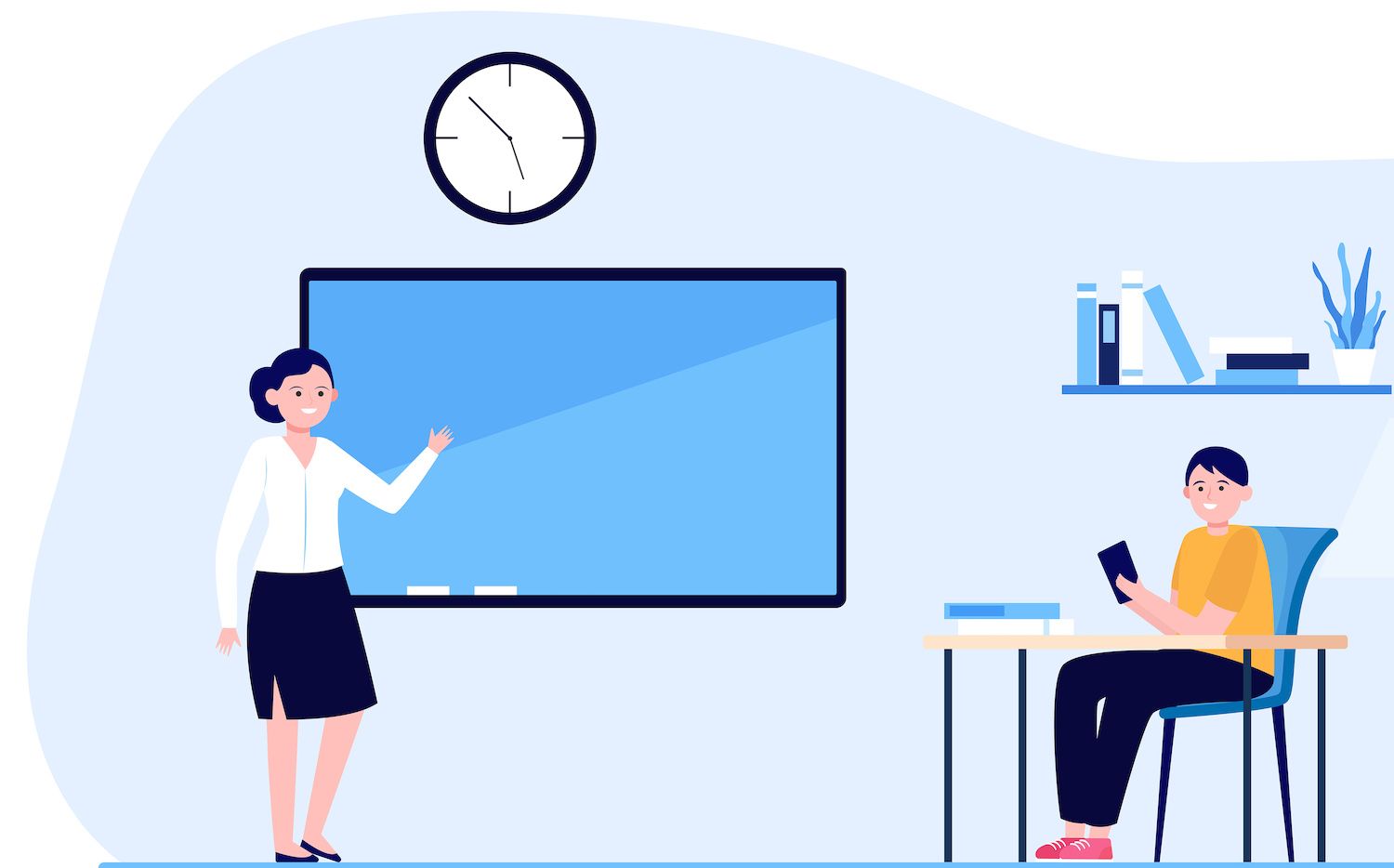
3. Conversion
When someone buys while shopping online, or make an in-store purchase They've "converted" to being your customer. An omnichannel customer experience will make them feel valued and recognized. It could involve email, push notifications, or more in-store opportunities if you have a physical store.
4. Retention
Retention is not only a way to earn a better return on investment, but having repeat customers builds brand loyalty -- and your loyal customers are your most loyal customers through their feedback as well as telling their friends and family about your product.
As you move through the customer's journey You should make use of the growing data on your customers to build on the conversion experience. It is possible to market your customers using follow-up emails with other product recommendations or special discounts relevant to their past purchases, ask them for a review or a feedback survey, provide loyalty programs, and provide excellent customer support.
5. Loyalty
Customer satisfaction leads to customer loyalty. But you can't just set it and forget it.
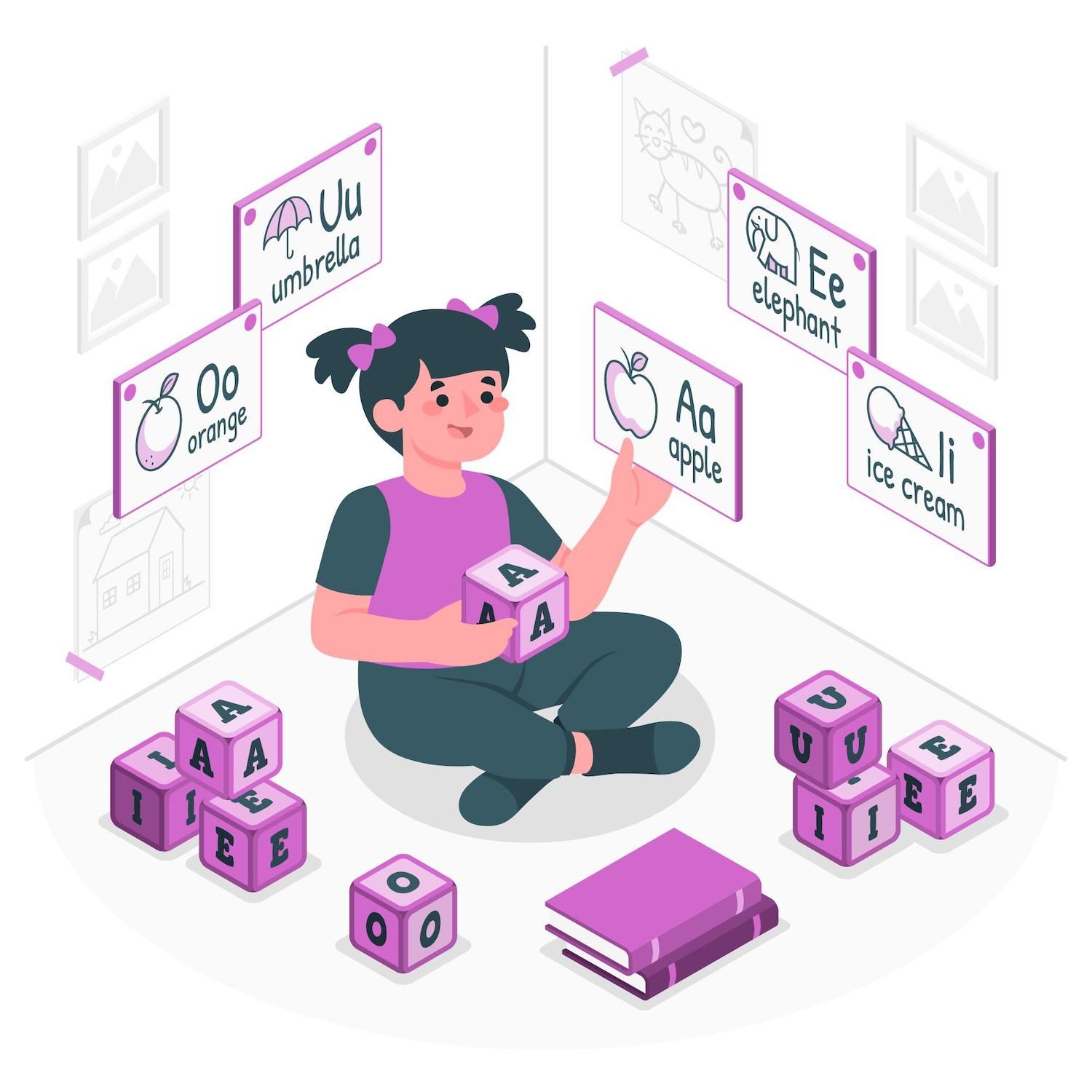
Choose which marketing platforms will work best for your omnichannel plan
If you're operating on limited funds, you may want to be selective about which marketing platforms to focus on as you build your multichannel marketing strategy. Start with low-cost marketing methods, then expand into more costly advertising platforms as your budget grows.
The aim is to provide numerous touchpoints through multiple channels that deliver an experience that is consistent for customers.
Low-cost marketing methods are:
Organic search
Then, use the customer data you acquire through Google Analytics and other marketing tools to improve your omnichannel marketing efforts.
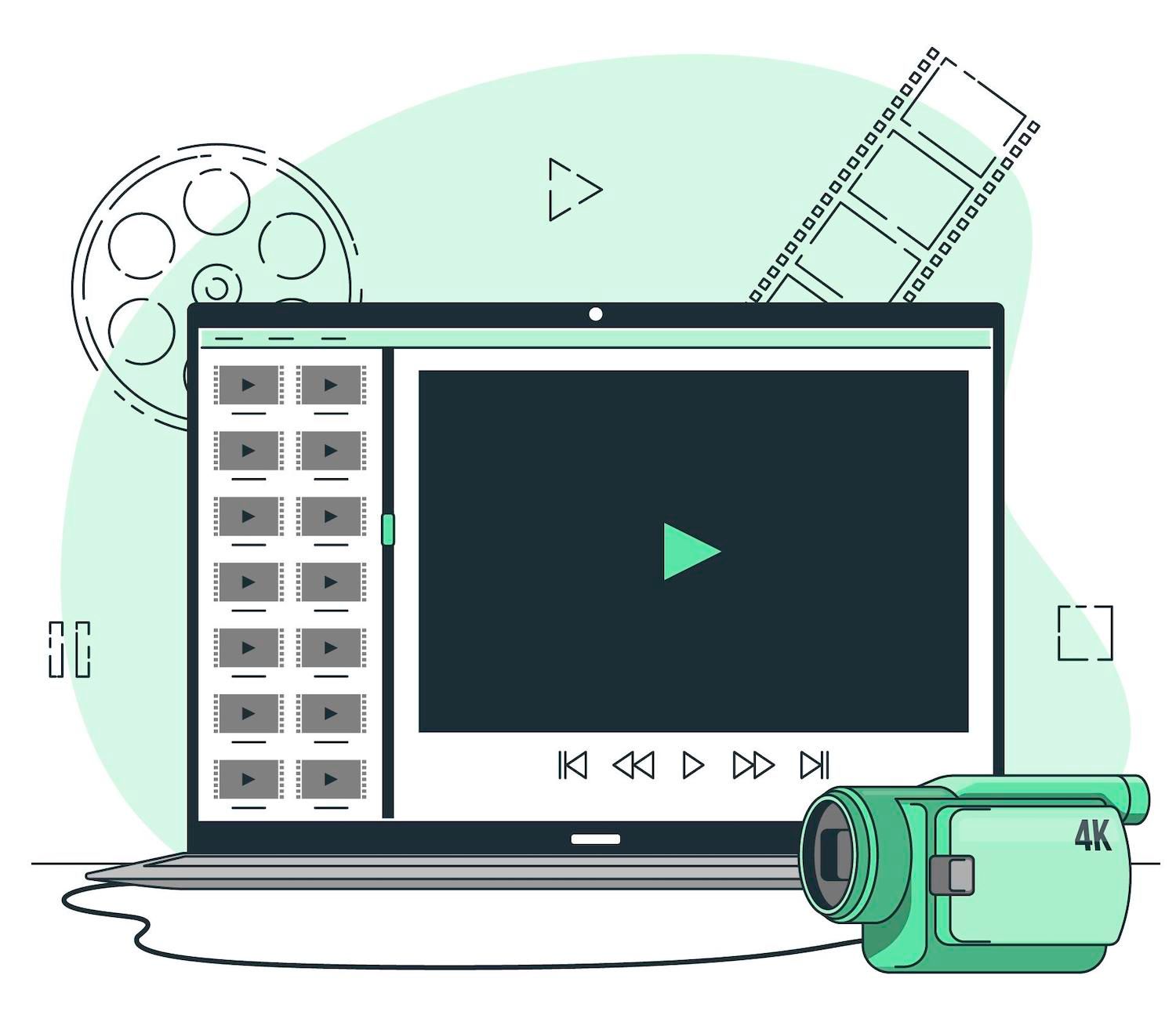
Google Shopping
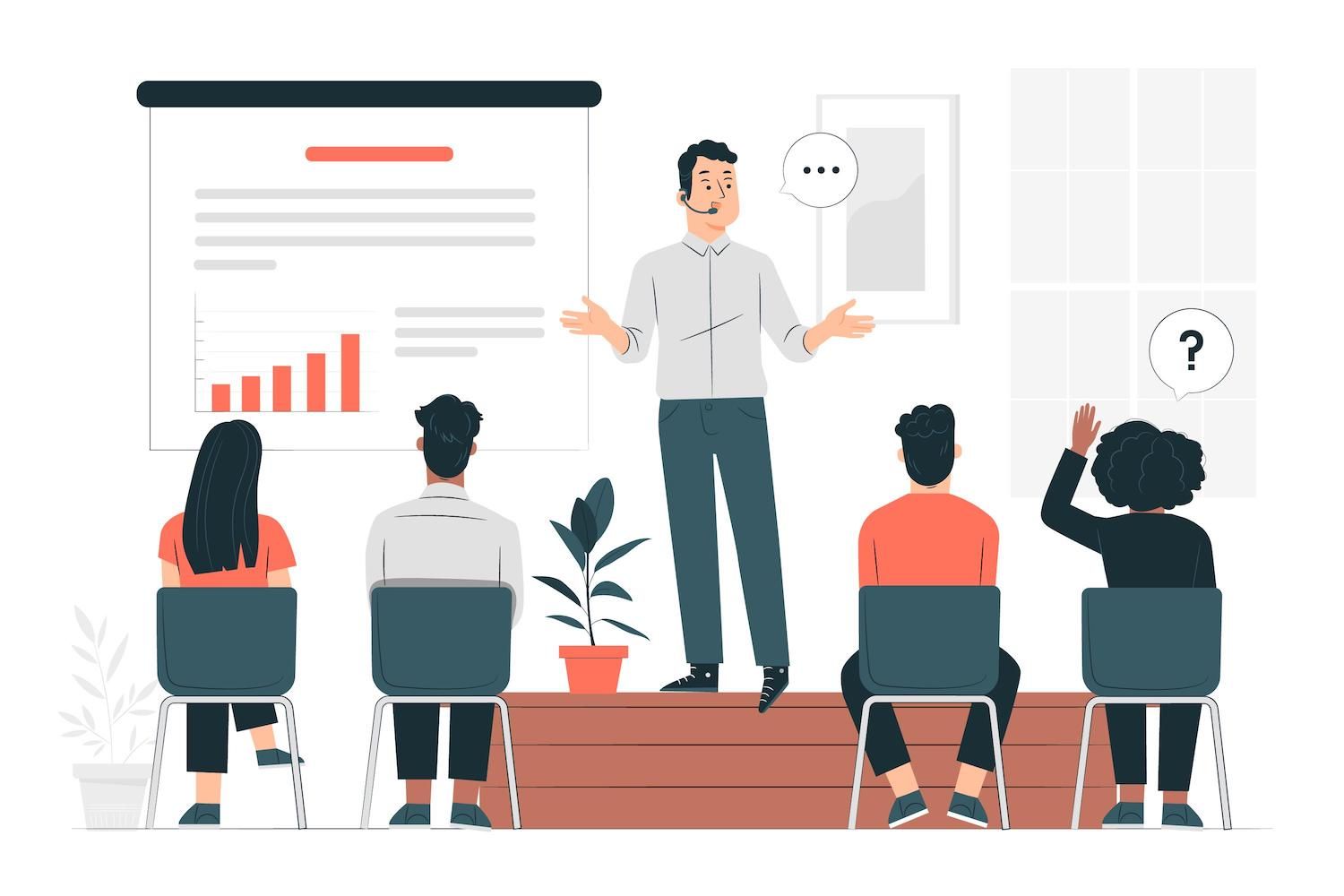
Email marketing
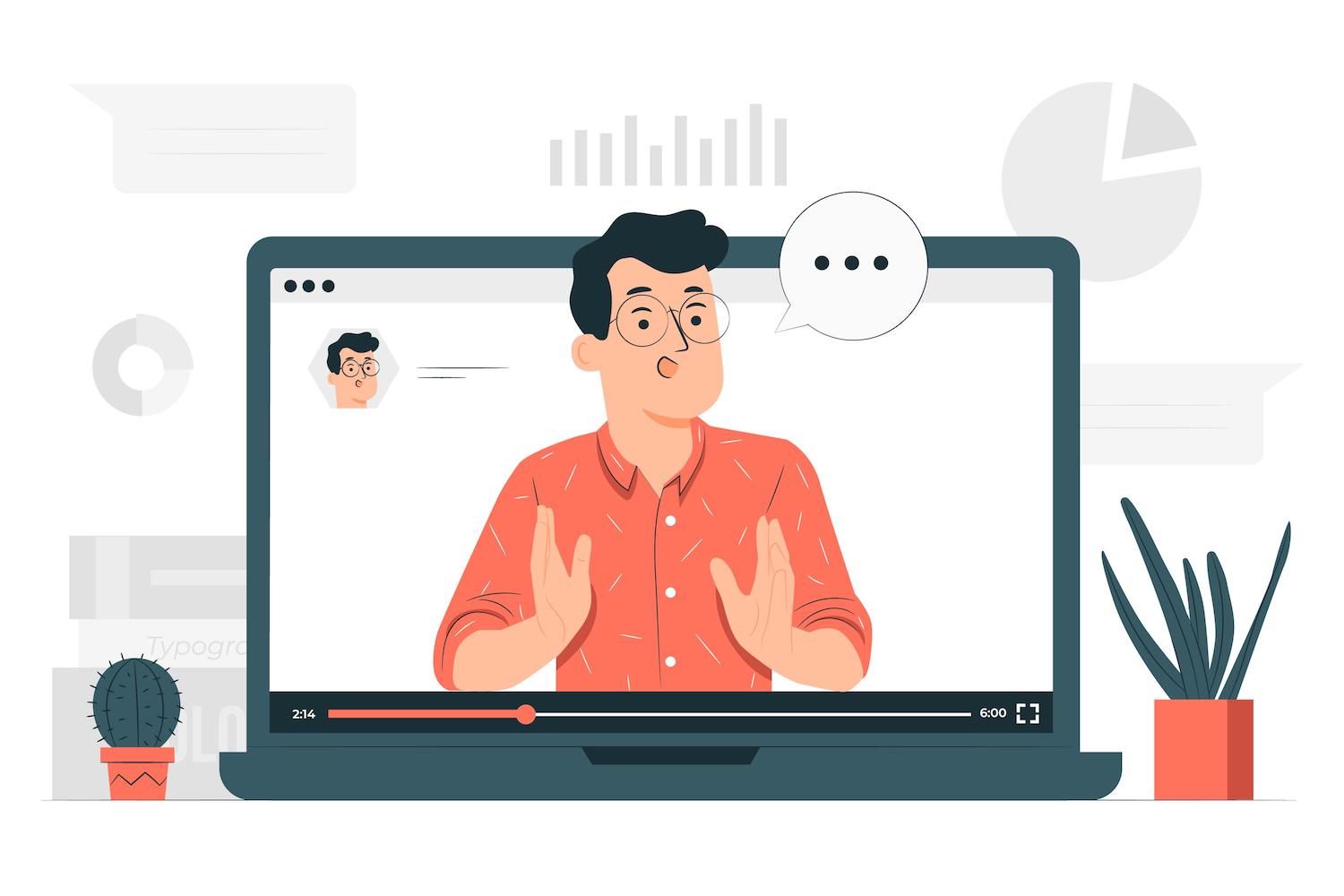
Through services such as MailPoet it is possible to create a welcome series of emails for new customers, recommendation for products based upon previous purchases, abandoned cart emails to people who left things in their carts, announcements about sales, and many other multichannel marketing strategies.
Rewards programs
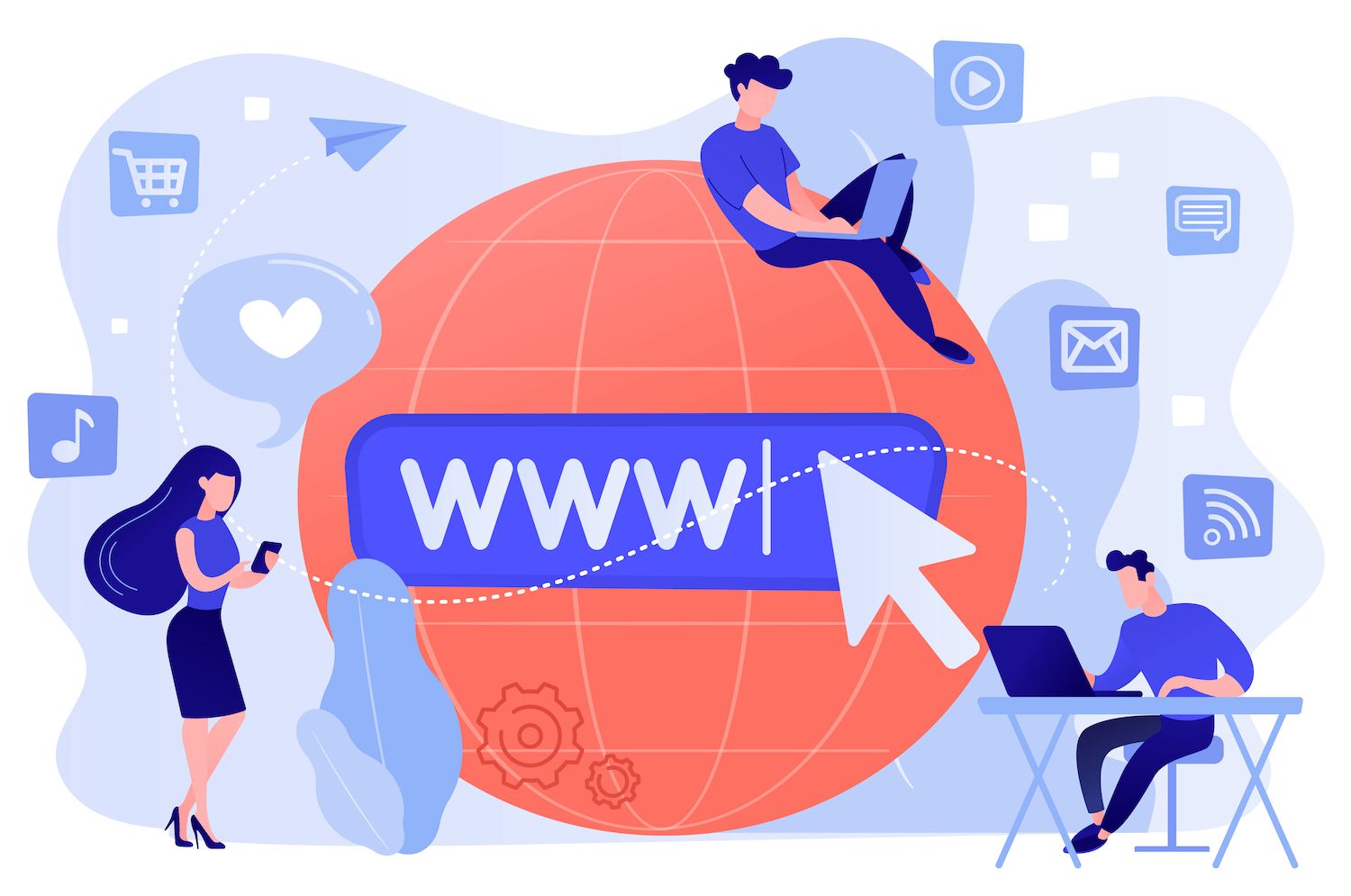
The customers will then be able to receive an omnichannel marketing strategy that is specifically tailored to their needs and even on various devices and other channels. Imagine that a member of rewards seeing ads that show their the number of points they've earned and suggests ways to use the points. It's an example for an omnichannel experience.
Customer service
Every touchpoint with customers is an opportunity for marketing. Instead of viewing the customer experience as just a matter of addressing problems and questions take it in the context of the chance to develop loyal fans.
With an omnichannel marketing approach the customer service department will be able to see the history of a client's engagement and transactions, as well as past interactions with your team. And when you take the full advantage of this and offer an unmatched experience, regardless of the customers' preferred method of service for customer service, including text messages, chatbots or phone or email, or inside bricks and mortar locations.
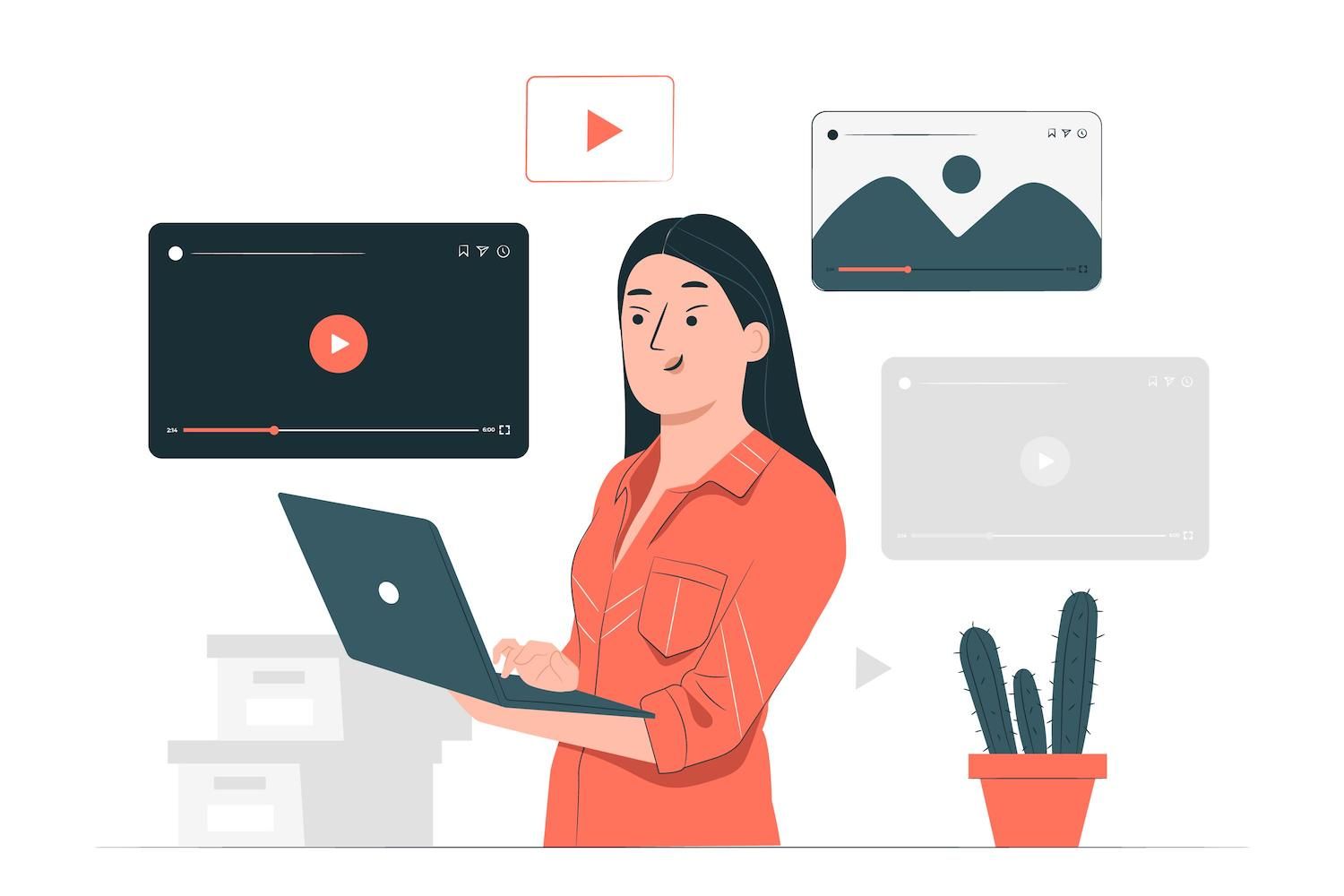
Using a customer relationship management (CRM) tool such as Jetpack CRM can help ensure that customer service is smooth and easy. Set up a support portal, track and handle tickets, and more, right in your shop. It's not necessary to log to a CRM website from a third party to handle your customer's needs -- you can do it all from within your WordPress admin section.
Organic social media
It's not easy to gain organic interest on social media with the many voices that compete There are however some good alternatives for low-cost marketing that could be extremely successful. You can:
- Create a Facebook group for your business
- Be active and engage frequently on your various social media outlets
- Do an AMA on Reddit by using the Ask Me Anything subreddit
Marketing methods that are more expensive are:
Paid search
If you're trying to rank up above the organic results of search or gain immediate traffic, while improving the SEO of your site, paid advertisements for search are the best way to go. Make sure that your product's landing page is optimized for mobile, load quickly and accurately reflects the contents of your ad copy.
Remarketing tools and paid search could become a valuable source of customer data that can be used to develop your omnichannel advertising plan.
Paid Google Shopping

Display ads
Ads on social media
Marketing to people using social media platforms is a great method to attract new clients because they will directly share your ads with their social circle. Market to them through demographic information, perceptions of desires, interests, or by uploading a customer email list for a lookalike group that has similar profiles as your current customer base. You can also implement an omnichannel approach to marketing on social media when you have integrated these channels with your CRM.

Facebook for connects your store's catalogue of products with Facebook and Instagram for an unison experience for customers. Additionally, you can purchase ads from your account's dashboard.
Video advertisements
The advent of internet-based platforms such as YouTube and more affordable tools for editing and video production tools, video marketing doesn't necessarily have to be out reach for small businesses.
If you plan to incorporate video as part of your omnichannel marketing strategy, make sure you create videos that you can use across multiple media. Make clips available for blog, social media, and product pages to make the most of these marketing tools.
While the most popular advertising platform for video is YouTube There are other alternatives to YouTube:
- Social video platforms such as TikTok as well as Snapchat
- Video live streaming services like Twitch and Vimeo
- Video streaming on-demand services such as Amazon Prime and Hulu
Print advertising
Based on your audience as well as the products you offer Print advertising could be an excellent method to enhance your online marketing strategies to blend both your offline and online strategies for marketing. You could consider putting up an advertisement in a magazine or mailing out a catalog or sending out postcards that include special deals, or using door-to-door advertising techniques such as door hangers and product samples.

Just like with the digital market, it is possible to track the impact of both your in-store and offline efforts. In the same way, omnichannel marketing relies on a steady stream of accurate customer data that's personalized for each client.
These are the most important online marketing tools to help with offline collecting data and an experience that is omnichannel and in-store:
- QR codes containing tracker hyperlinks. You can create specific tracking links to your QR codes. Include these codes on your marketing collateral printed on paper in order to track when a potential customer uses it to visit your store, you'll know precisely which piece of printed material influenced that customer to make an appointment.
- Links to special landing pages. As a QR alternative to QR codes, build custom landing pages that include distinct links. Include the URL on the printed advertisements. Make sure that you don't make them too long as customers have to type them in.
Design and create ad copy that is suitable for use across several platforms
Omnichannel marketing is about consistency and efficiency. In addition, creating your video, photos, and ad copy with multiple uses to think about saving you cash on the creation of creative materials but it also provides a an unifying, consistent customer experience to shoppers on all devices.

Be sure to film videos and photos designed for multiple advertising platforms. Different platforms use different aspect ratios. So you'll need to film as well as edit photos and videos with this in mind. Common aspect ratios include:
- Horizontal 16:9
- Square 1:1
- Vertical 4:15 and 2:13
- Full Portrait 9:16
Create your video and images with the highest resolution you can and then export them in smaller resolutions.
Utilize and analyze your customers' information
Regularly reviewing the results of your omnichannel marketing campaigns across all your channels is critical. If an ad campaign is underperforming, you may need to alter it before investing money into the campaign. Reviewing your statistics will let you know the ads that are effective and which aren't.
Google Analytics is probably the most comprehensive tool for tracking activity on your website. You can look at the sources of referrals to determine what websites visitors come from, gain an understanding of the performance of your display and search advertising campaigns, as well as collect information on the demographics of your website visitors.
In integrating the data into your CRM system, other marketing channels can use it to deliver the same experience to your clients.

Let your marketing team be empowered
With omnichannel marketing, your team will be able to improve their performance by adjusting campaigns based on consumer behavior.
And if you employ sales staff, they'll be much more successful in engaging with each customer individually when they can see the data showing prior purchases and interactions, email messages and clicks, shares, reviews, and other customer information resulting from an multichannel customer experience.
Update your ad strategy based on your KPIs. (KPIs)
If you've reviewed the effectiveness of your omnichannel marketing campaign You can make changes to the strategy you are using. Most companies will find that ad campaigns that are low CPAs and high ROIs must be awarded additional advertising and campaigns that have excessive CPAs and low ROIs should be retired. However, you might have additional metrics of performance that are crucial for your business.
If you're running advertisements that don't result in direct sales, however they frequently correlate with higher organic search traffic or leads this could mean that your ads are very successful in connecting with customers in the earlier phases of the buyer's journey.

Test turning certain low-performing advertisements off and on during a time period to test if they've any impact on other measures.
In relation to loyalty and customer retention campaigns, if you notice that fewer customers are taking benefit of the rewards points they earn or haven't redeemed certain coupons, you might think about tweaking the offer or altering the amount of points required for redemption. If one method in your omnichannel campaign is not performing, doesn't mean it isn't able to be upgraded in order to generate more profits for your business.
Let your business expand
If you are strategic when selecting your marketing platforms and marketing automation tools, crafting evergreen and adaptable creative assets and constantly reviewing and adjusting your multichannel marketing plan according to performance, you will increase your revenues.
Like anything worthwhile, it'll take time to optimize. By starting out with just a few marketing channels then expanding upon the information you've gathered from past efforts, you'll develop solid long-term omnichannel marketing strategies which generate revenue to your business.
